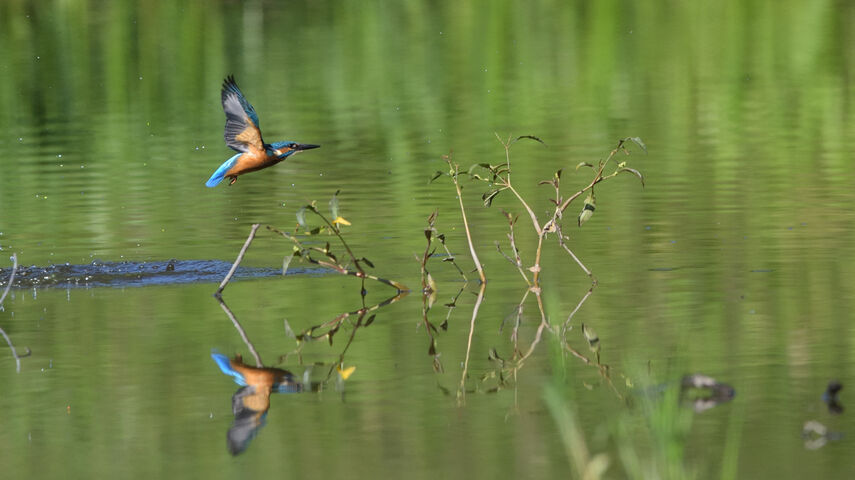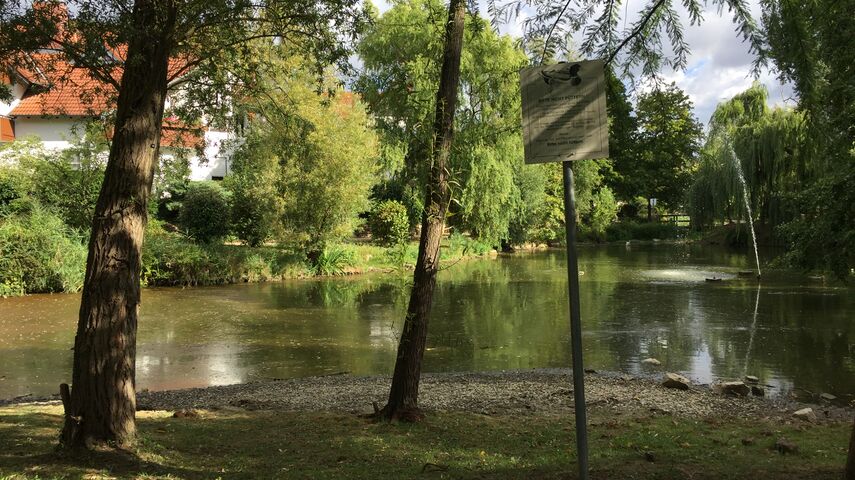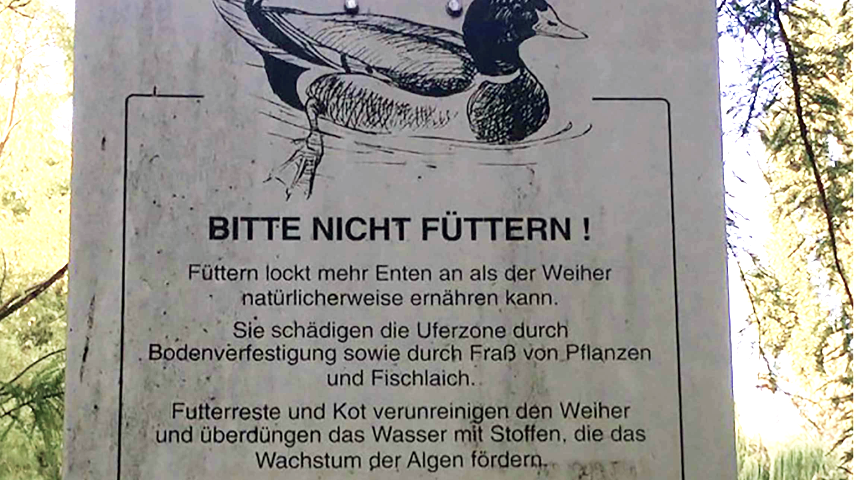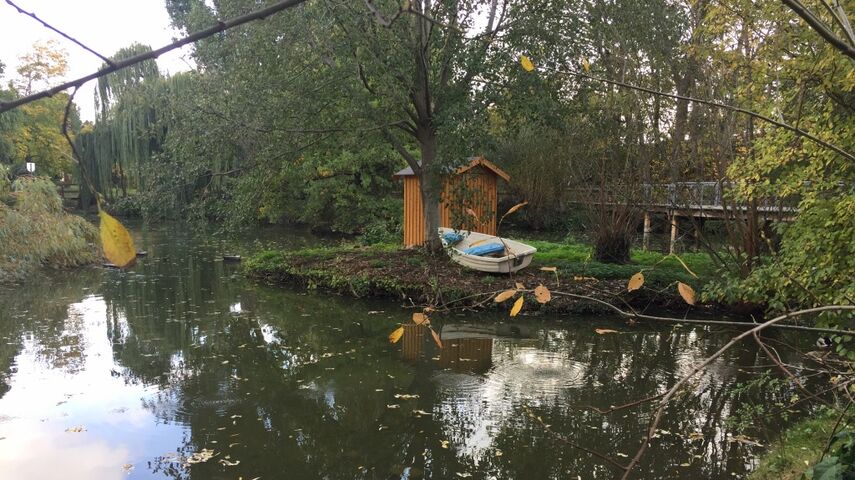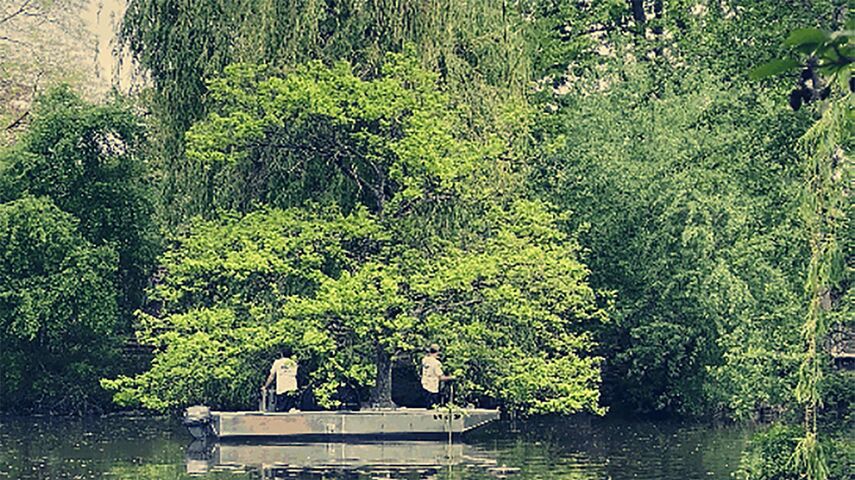Chemistry in balance
Phosphate and nitrate binding on sedimentPermanent water maintenance
Pollutant control, water conservation, prevention of fish kills.Deidesheim: The park lake has a shallow water depth and too many nutrients - they are brought in from the neighbouring vineyards. Conversion of organic matter and decomposition of digested sludge prevent the formation of new gases that are harmful to the climate - control of pollutants in the sediment aims to preserve the water body.
back to overviewSustainable and climate-friendly oxygen therapy
The park lake in Deidesheim - a body of water is maintained- Controlled pollutant binding - phosphate remains bound in the aerobic sediment
- Volume reduction - through decomposition of the organic matter and compression of the sediment
- Oxygen enrichment - even at elevated temperatures
Climate change with consequences - increased temperatures lead to oxygen deficiency
Oxygen and phosphate - interrelationships briefly explained:
Diagram of oxygen consumption Document on phosphate binding

